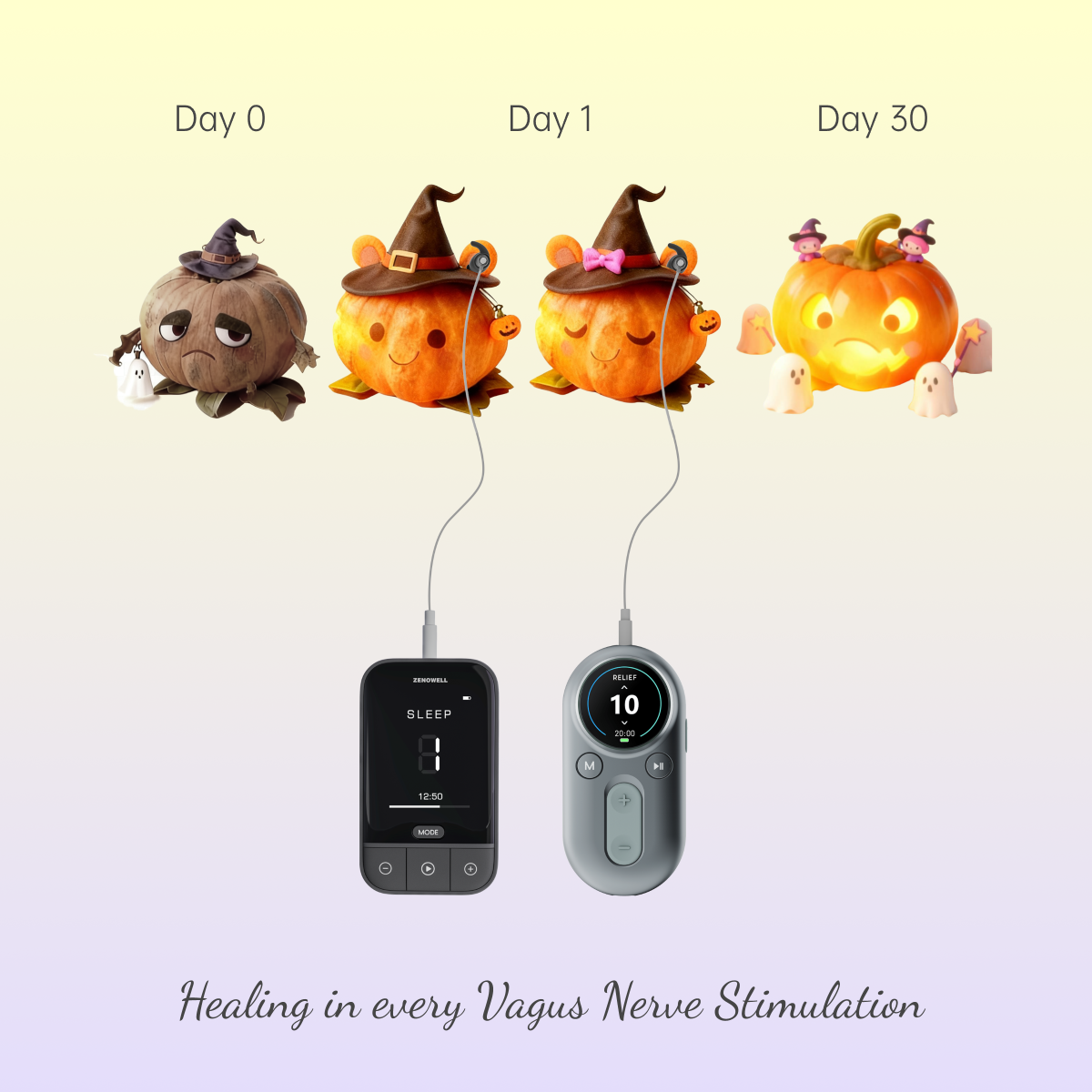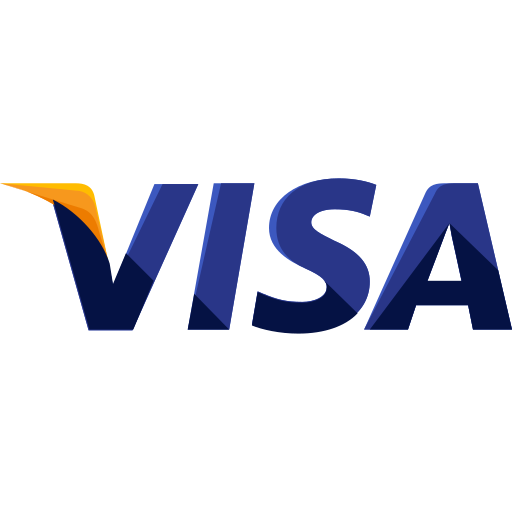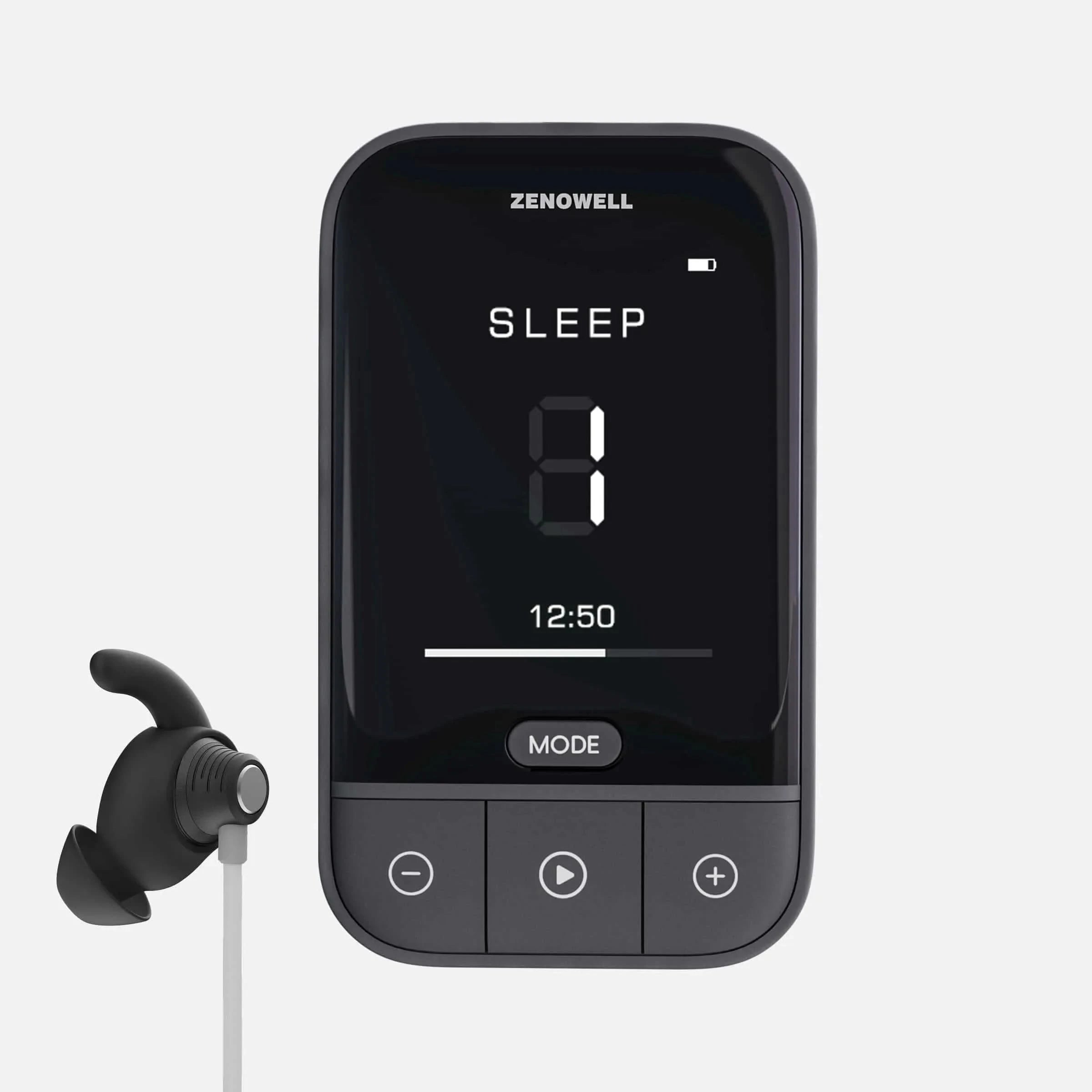Durchbruch bei der Sicherheit von TaVNS: Neue Metaanalyse zeigt, dass 94 % der Patienten keine langfristigen Nebenwirkungen haben
Die transkutane aurikuläre Vagusnervstimulation (taVNS) – eine nicht-invasive Neuromodulationstechnik – hat in den letzten Jahren in den Neurowissenschaften und der klinischen Praxis große Aufmerksamkeit erregt. Sie wird häufig zur Behandlung von Epilepsie, Depressionen, chronischen Schmerzen und anderen Erkrankungen eingesetzt und ist daher in den Fokus gerückt. Doch wie sicher ist sie wirklich? Gibt es Nebenwirkungen? Neueste Forschungsergebnisse geben Antworten auf diese Fragen.
Was ist taVNS?
taVNS ist eine nicht-invasive Methode, die den Vagusnerv über die Ohrhaut stimuliert, um die Gehirnfunktion ohne Operation zu regulieren. Studien belegen den therapeutischen Nutzen bei Erkrankungen wie Epilepsie, Depression und chronischen Schmerzen. Auch bei gesunden Personen kann taVNS die kognitive Kontrolle, das Gedächtnis und die emotionale Regulation verbessern.

Studienhighlights: Wie sicher ist taVNS?
Eine kürzlich veröffentlichte Studie Grenzen der menschlichen Neurowissenschaften Die Nebenwirkungen von taVNS wurden bei 488 gesunden Teilnehmern systematisch analysiert. Die Forscher untersuchten zehn häufige Nebenwirkungen bei unterschiedlichen Stimulationsarten, -intensitäten, -dauern und demografischen Merkmalen der Teilnehmer (Alter, Geschlecht usw.), darunter Kopfschmerzen, Schwindel und Hautreizungen. Die wichtigsten Ergebnisse:
-
Leichte und kurzlebige Nebenwirkungen
- Die Teilnehmer berichteten von einer insgesamt geringen Schwere der Nebenwirkungen (durchschnittliche Punktzahl: 1,86/7 ), was das starke Sicherheitsprofil von taVNS bestätigt.
- Die Symptome klingen normalerweise schnell und ohne Eingriff ab.
-
Intermittierende vs. kontinuierliche Stimulation
- Intermittierende Protokolle reduzierten Nackenschmerzen, Schwindel und Beschwerden im Vergleich zur kontinuierlichen Stimulation um 30–40 %.
-
Intensitäts- und Dauereffekte
- Eine höhere Stimulationsintensität korrelierte mit reduzierten Nackenmuskelkontraktionen und Hautreizungen.
- Bei längerer Dauer kam es zu einem leichten Anstieg des Kopfschmerz- und Aufmerksamkeitsrisikos, die Auswirkungen waren jedoch minimal (< 5 % Häufigkeit).
 Abbildung 1 Schweregrad und Verteilung der Nebenwirkungen unter taVNS- und Fehlstimulationsbedingungen
Abbildung 1 Schweregrad und Verteilung der Nebenwirkungen unter taVNS- und Fehlstimulationsbedingungen
Alters- und Geschlechtsunterschiede
- Alter: Ältere Teilnehmer berichteten von weniger Aufmerksamkeitsproblemen als jüngere Erwachsene.
- Geschlecht: Männer litten seltener unter Kopfschmerzen und Unwohlsein als Frauen, was möglicherweise auf physiologische Unterschiede in der Schmerztoleranz zurückzuführen ist.
Klinische Anwendungen und zukünftige Richtungen
Diese Studie bestätigt nicht nur die Sicherheit von taVNS, sondern dient auch als Leitfaden für die Protokolloptimierung:
- Durch intermittierende Stimulation können Nebenwirkungen minimiert werden.
- Eine personalisierte Intensitätskalibrierung verbessert Komfort und Wirksamkeit.
Zukünftige Forschung zielt darauf ab, die Stimulationsparameter zu verfeinern und die Anwendungsmöglichkeiten von taVNS auf Erkrankungen wie Migräne, PTBS und neurodegenerative Erkrankungen auszuweiten.
Abschluss
Als nicht-invasive, sichere und effektive Technologie revolutioniert taVNS die Neuromodulation. Wer nach Alternativen zu invasiven Behandlungen sucht, kann sich durch die ständige Information über die Fortschritte von taVNS neue therapeutische Möglichkeiten eröffnen.
















